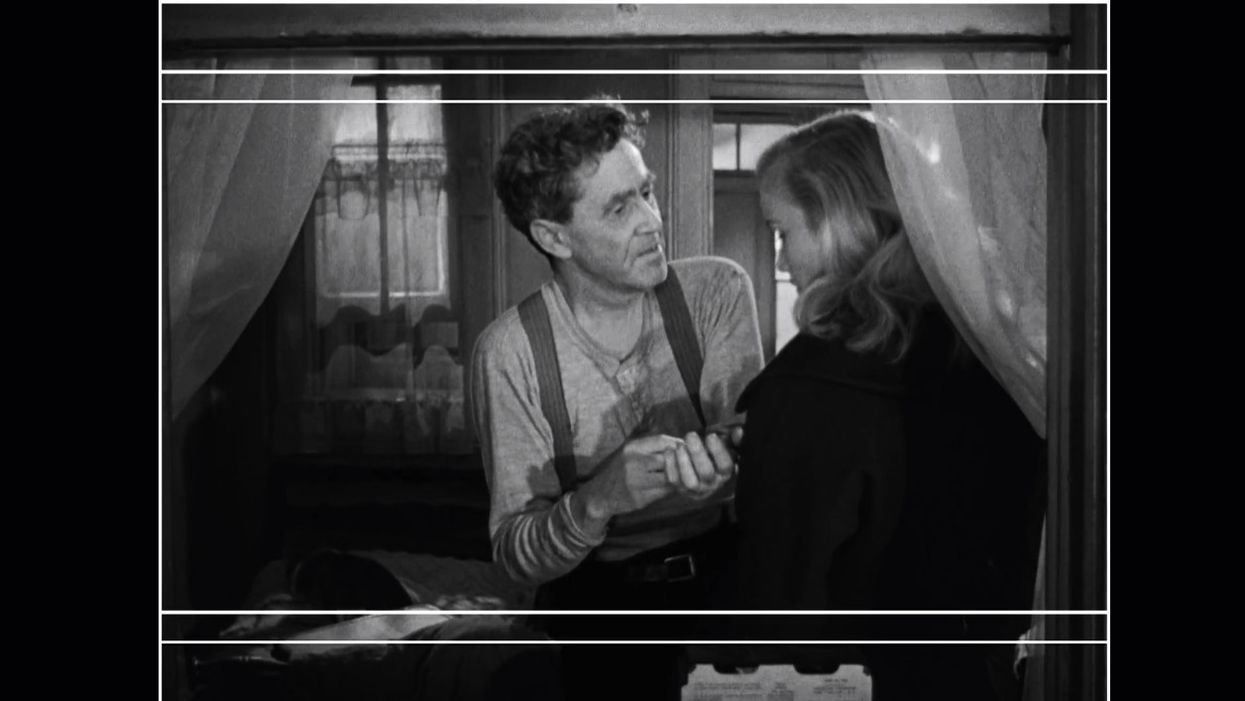What is the 'Real' Aspect Ratio of 'On The Waterfront?' Plus, Restoring a Warped Hitchcock Classic

The aspect ratio is one of the fundamentals determining your compositions. Even though we live in a time where displaying any aspect ratio is incredibly easy, films are still being shown incorrectly in many mediums in an attempt to make them fill the entire screen (even if that's not the intention of the filmmaker). Interestingly enough, cinema history has actually been plagued by these kinds of issues related to aspect ratio. A visual essay by Criterion Collection illustrates how the intended aspect ratio of On The Waterfront is still in question to this day, and we also get a demonstration of the impressive restoration to Hitchcock's The Man Who Knew Too Much from a heavily warped and damaged print.
There are plenty of artistic or quality control concerns a digital cinematographer must take into consideration, which may become a sort of balancing act. Budgetary concerns regarding storage or workflow may mean you must forego camera RAW or a higher-quality compression ratio, just as 16mm (or a less expensive film lab) may save a production in costs. That said, shooting a frame that works for up to three aspect ratios -- all within the same negative frame, at the same time -- goes beyond what many modern shooters might concern themselves with. Check out this look at the exemplary work of Boris Kaufman, ASC from Criterion:
It's a compromise that covers 'all the bases,' but at the same time doesn't actually compromise or sacrifice the integrity of a shot -- in meaning or message. Of course, the skill with which this three-way tight-rope was traversed in On The Waterfront means the case of 'the proper aspect ratio' for the film is still not closed -- we encourage you guys to weigh with your comments and let us know your thoughts on this question.
As you might expect, this is not the only technical question Criterion's re-distribution crusade has encountered. In the case of Hitchcock's The Man Who Knew Too Much, however, the issue was a bit more, well... warped:
While the debate about archiving in digital formats or traditional celluloid still rages on, it's remarkable what can be done to save a physical film print even after all hope seems lost.
What do you guys think, is there any one 'correct' aspect ratio of On The Waterfront? If so, which one -- and why? What have your experiences been in terms of shooting with multiple framing guidelines (aside from 'TV safe')? What other impressive film restorations have you seen, and what were some of the issues the restorers faced?











